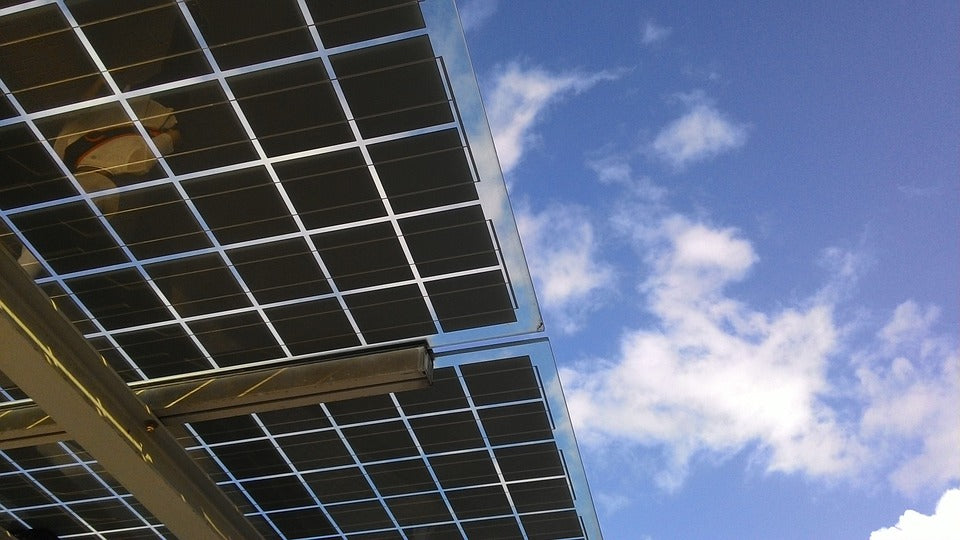Offer
Provide additional details about the offer you're running.
Provide additional details about the offer you're running.
Provide additional details about the offer you're running.

We all want more natural, green energy to power our homes, commercial buildings and more, but as part of this new initiative, we too must remain vigilant in ensuring these new power sources are safe for our environment and the creatures which inhabit it.
Solar farms have grown exponentially over the past decade or so, as many believe retrieving power from the sun is one of our most valuable renewable resources. While this may be true, a new report by the U.S. Fish and Wildlife Service is bound to make us re-think the design and implementation of these large solar-inducing farms.
The National Fish and Wildlife Forensics Laboratory conducted a study spanning three solar farms in the Southern California region to find what, if any, effects these solar farms had on local wildlife.
The results were unnerving.
The two-year study concluded and found that 233 different birds from 71 species were found dead across the three farms. These findings left researchers to believe that in addition to the death of the birds, entire food chains were being interrupted by the solar practices.
In total, researchers determined that there were three main causes of death on the solar farms examined in the study:
Solar Flux
Referring to the highly concentrated solar energy around its boilers, solar flux is thought to be the leading cause of injury and death to birds around solar farms. The exposure to temperatures often breaking 800 degrees F, causes intense feather damage and in some cases, skin burning in birds.
Blunt Force Trauma
Just the same as window strikes, injury, and death caused by impact is another leading cause of injury and death. As birds collide with mirrors or photovoltaic panels, they are either killed upon impact or suffer detrimental injuries to their wings, rendering them defenseless against opportunistic predators.
Predation
Researchers point to the fact that the limited scope of carcass surveys at solar projects is also obscuring the true magnitude of bird mortalities they cause. As birds wings are signed or become injured from strikes, opportunistic predators move in often before birds have a chance to recuperate.
A larger underlying problem researcher uncovered is the disruption in entire food chains due in part to the death of these birds. In one instance, researchers found hundreds of butterfly carcasses they believed were attracted to the light from the farms. The presence of these insects, in turn, attracts population birds and as the birds die off, their carcasses attract a number of other predators.
And the cycle goes on and on.
As a result, one of the main recommendations from researchers within the study is to retrofit the solar panels and to clear all vegetation in an attempt to discourage birds and insects from congregating in the area to begin with.
Hopefully, with these changes, solar farms will continue to provide us with a natural energy source without the inherent risk to the wildlife we cherish so much.
High Quality Blend